What Are HIV and AIDS?
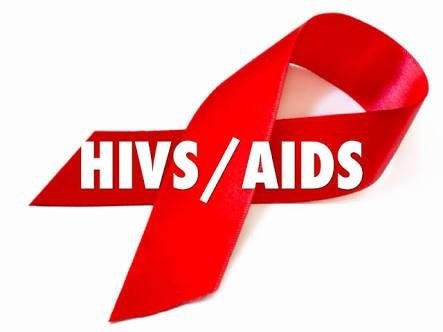
HIV (human immunodeficiency virus) is a virus spread through certain body fluids that attacks the body’s immune system, specifically the CD4 cells, often called T cells. Over time, HIV can destroy so many of these cells that the body can’t fight off infections and disease. These special cells help the immune system fight off infections. Untreated, HIV reduces the number of CD4 cells (T cells) in the body. This damage to the immune system makes it harder and harder for the body to fight off infections and some other diseases. Opportunistic infections or cancers take advantage of a very weak immune system and signal that the person has AIDS. Learn more about the stages of HIV and how to know whether you’re infected.
What Is HIV?
HIV stands for human immunodeficiency virus. It is the virus that can lead to acquired immunodeficiency syndrome, or AIDS, if not treated. Unlike some other viruses, the human body can’t get rid of HIV completely, even with treatment. So once you get HIV, you have it for life.
HIV attacks the body’s immune system, specifically the CD4 cells (T cells), which help the immune system fight off infections. Untreated, HIV reduces the number of CD4 cells (T cells) in the body, making the person more likely to get other infections or infection-related cancers. Over time, HIV can destroy so many of these cells that the body can’t fight off infections and disease. These opportunistic infections or cancers take advantage of a very weak immune system and signal that the person has AIDS, the last stage of HIV infection.
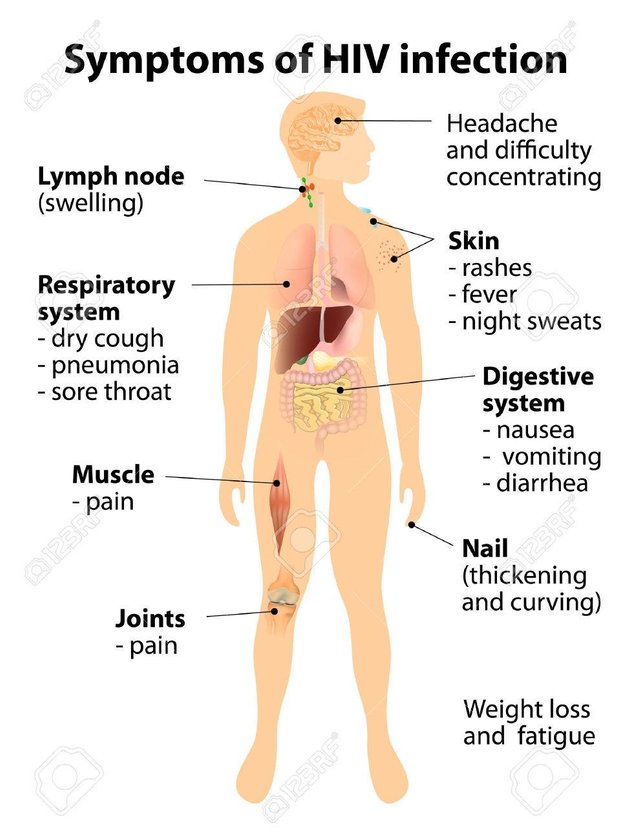
No effective cure currently exists, but with proper medical care, HIV can be controlled. The medicine used to treat HIV is called antiretroviral therapy or ART. If taken the right way, every day, this medicine can dramatically prolong the lives of many people infected with HIV, keep them healthy, and greatly lower their chance of infecting others. Before the introduction of ART in the mid-1990s, people with HIV could progress to AIDS in just a few years. Today, someone diagnosed with HIV and treated before the disease is far advanced can live nearly as long as someone who does not have HIV.
Basic facts about HIV
HIV stands for human immunodeficiency virus.
There is effective antiretroviral treatment available so people with HIV can live a normal, healthy life.
The earlier HIV is diagnosed, the sooner treatment can start – leading to better long term health.
HIV is found in semen, blood, vaginal and anal fluids, and breast milk.
HIV cannot be transmitted through sweat, saliva or urine.
Using male condoms or female condoms during sex is the best way to prevent HIV and other sexually transmitted infections.
If you inject drugs, always use a clean needle and syringe, and never share equipment.
If you are pregnant and living with HIV, the virus in your blood could pass into your baby’s body, or after giving birth through breastfeeding. Taking HIV treatment virtually eliminates this risk.
What Is AIDS?
AIDS is the most severe phase of HIV infection. People with AIDS have such badly damaged immune systems that they get an increasing number of severe illnesses, called opportunistic infections.
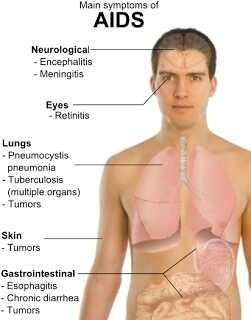
Basic facts about AIDS
AIDS stands for acquired immune deficiency syndrome.
AIDS is also referred to as advanced HIV infection or late-stage HIV.
AIDS is a set of symptoms and illnesses that develop as a result of advanced HIV infection which has destroyed the immune system.
Treatment for HIV means that more people are staying well, with fewer people developing AIDS.
What Are the Stages of HIV Infection?
Without treatment, HIV advances in stages, overwhelming your immune system and getting worse over time. The three stages of HIV infection are: (1) acute HIV infection, (2) clinical latency, and (3) AIDS (acquired immunodeficiency syndrome).
However, there’s good news: by using HIV medicines (called antiretroviral therapy or ART) consistently, you can prevent HIV from progressing to AIDS. ART helps control the virus so that you can live a longer, healthier life and greatly reduces the risk of transmitting HIV to others.
These are the three stages of HIV infection:
Acute HIV Infection Stage
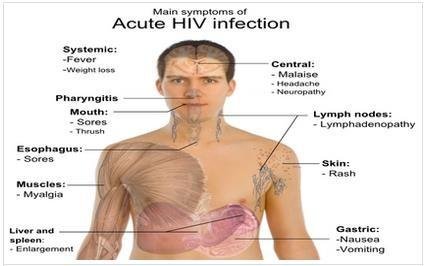
Within 2 to 4 weeks after infection, many, but not all, people develop flu-like symptoms, often described as “the worst flu ever.” Symptoms can include fever, swollen glands, sore throat, rash, muscle and joint aches and pains, and headache. This is called “acute retroviral syndrome” (ARS) or “primary HIV infection,” and it’s the body’s natural response to the HIV infection. People who think that they may have been infected recently and are in the acute stage of HIV infection should seek medical care right away. Starting treatment at this stage can have significant benefits to your health.
During this early period of infection, large amounts of virus are being produced in your body. The virus uses CD4 cells to replicate and destroys them in the process. Because of this, your CD4 cells can fall rapidly. Eventually your immune response will begin to bring the level of virus in your body back down to a level called a viral set point, which is a relatively stable level of virus in your body. At this point, your CD4 count begins to increase, but it may not return to pre-infection levels. It may be particularly beneficial to your health to begin ART during this stage.
During the acute HIV infection stage, you are at very high risk of transmitting HIV to your sexual or needle-sharing partners because the levels of HIV in your blood stream are extremely high. For this reason, it is very important to take steps to reduce your risk of transmission.
Clinical Latency Stage
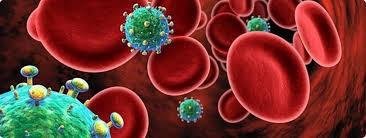
After the acute stage of HIV infection, the disease moves into a stage called the “clinical latency” stage. “Latency” means a period where a virus is living or developing in a person without producing symptoms. During the clinical latency stage, people who are infected with HIV experience no symptoms, or only mild ones. (This stage is sometimes called “asymptomatic HIV infection” or “chronic HIV infection.”)
During the clinical latency stage, the HIV virus continues to reproduce at very low levels, even if it cannot be detected with standard laboratory tests. If you take ART, you may live with clinical latency for decades and never progress to AIDS because treatment helps keep the virus in check. (Read more about HIV treatment.)
People in this symptom-free stage are still able to transmit HIV to others, The risk of transmission is greatly reduced by HIV transmission. In studies looking at the effects of HIV treatment on transmission, no new HIV infections have been linked to someone with very low or undetectable (suppressed) viral load.
For people who are not on ART, the clinical latency stage lasts an average of 10 years, but some people may progress through this stage faster. As the disease progressions, eventually your viral load will begin to rise and your CD4 count will begin to decline. As this happens, you may begin to have constitutional symptoms of HIV as the virus levels increase in your body before you develop AIDS.
AIDS

This is the stage of HIV infection that occurs when your immune system is badly damaged and you become vulnerable to opportunistic infections. When the number of your CD4 cells falls below 200 cells per cubic millimeter of blood (200 cells/mm3), you are considered to have progressed to AIDS. (In someone with a healthy immune system, CD4 counts are between 500 and 1,600 cells/mm3.) You are also considered to have progressed to AIDS if you develop one or more opportunistic illnesses, regardless of your CD4 count.
Without treatment, people who progress to AIDS typically survive about 3 years. Once you have a dangerous opportunistic illness, life-expectancy without treatment falls to about 1 year. ART can be helpful for people who have AIDS when diagnosed and can be lifesaving. Treatment is likely to benefit people with HIV no matter when it is started, but people who start ART soon after they get HIV experience more benefits from treatment than do people who start treatment after they have developed AIDS.
In the United States, most people with HIV do not develop AIDS because effective ART stops disease progression. People with HIV who are diagnosed early can have a life span that is about the same as someone like them who does not HIV.
People living with HIV may progress through these stages at different rates, depending on a variety of factors, including their genetic makeup, how healthy they were before they were infected, how much virus they were exposed to and its genetic characteristics, how soon after infection they are diagnosed and linked to care and treatment, whether they see their healthcare provider regularly and take their HIV medications as directed, and different health-related choices they make, such as decisions to eat a healthful diet, exercise, and not smoke.
Is There a Cure for HIV?
No effective cure currently exists for HIV. But with proper medical care, HIV can be controlled. Treatment for HIV is called antiretroviral therapy or ART. If taken the right way, every day, ART can dramatically prolong the lives of many people infected with HIV, keep them healthy, and greatly lower their chance of infecting others. Before the introduction of ART in the mid-1990s, people with HIV could progress to AIDS (the last stage of HIV infection) in a few years. Today, someone diagnosed with HIV and treated before the disease is far advanced can live nearly as long as someone who does not have HIV.
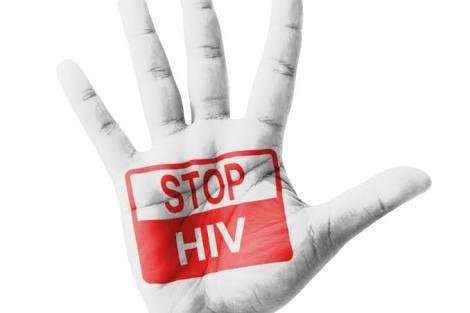
Thank You @sujoy1995